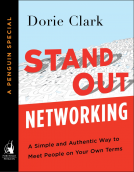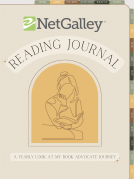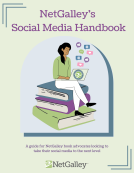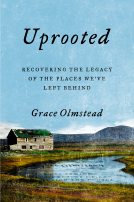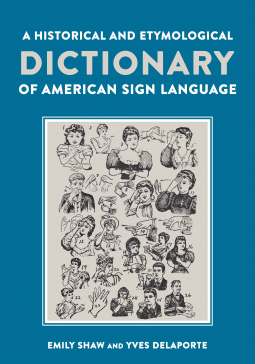
A Historical and Etymological Dictionary of American Sign Language
The Origin and Evolution of More Than 500 Signs
by Emily Shaw, Yves Delaporte
This title was previously available on NetGalley and is now archived.
Buy on Amazon
Buy on BN.com
Buy on Bookshop.org
*This page contains affiliate links, so we may earn a small commission when you make a purchase through links on our site at no additional cost to you.
Send NetGalley books directly to your Kindle or Kindle app
1
To read on a Kindle or Kindle app, please add kindle@netgalley.com as an approved email address to receive files in your Amazon account. Click here for step-by-step instructions.
2
Also find your Kindle email address within your Amazon account, and enter it here.
Pub Date Jun 30 2015 | Archive Date Aug 01 2016
Description
The story of how American Sign Language (ASL) came to be is almost mythic. In the early 19th century, a hearing American reverend, Thomas Hopkins Gallaudet, met a Deaf French educator, Laurent Clerc, who agreed to come to the United States and help establish the first school in America to use sign language to teach deaf children. The trail of ASL's development meanders at this point. No documentation of early ASL was published until the late 19th century, almost seven decades after the school's founding. While there are many missing pieces in the history of America's sign language, plenty of data exist regarding ASL etymology. This book is the first to collect all known texts featuring illustrations of early ASL and historical images of French Sign Language—langue des signes française (LSF)—and link them with contemporary signs.
Through rigorous study of historical texts, field research in communities throughout France and the U.S., and an in-depth analysis of the cultural groups responsible for the lexicon, authors Emily Shaw and Yves Delaporte present a compelling and detailed account of the origins of over 500 ASL signs, including regional variations. Organized alphabetically by equivalent English glosses, each sign is accompanied by a succinct description of its origin and an LSF sign where appropriate. Featuring an introductory chapter on the history of the development of ASL and the etymological methodology used by the authors, this reference resource breaks new ground in the study of America's sign language.
Through rigorous study of historical texts, field research in communities throughout France and the U.S., and an in-depth analysis of the cultural groups responsible for the lexicon, authors Emily Shaw and Yves Delaporte present a compelling and detailed account of the origins of over 500 ASL signs, including regional variations. Organized alphabetically by equivalent English glosses, each sign is accompanied by a succinct description of its origin and an LSF sign where appropriate. Featuring an introductory chapter on the history of the development of ASL and the etymological methodology used by the authors, this reference resource breaks new ground in the study of America's sign language.
Available Editions
| EDITION | Hardcover |
| ISBN | 9781563686214 |
| PRICE | $75.00 (USD) |
Average rating from 21 members
Readers who liked this book also liked:
Falling in Love with a Traveling Cat: Mofusand's 1st Illustration Book!
JUNO
Arts & Photography, Comics, Graphic Novels, Manga, Travel
JUNO
Arts & Photography, Comics, Graphic Novels, Manga, Travel
